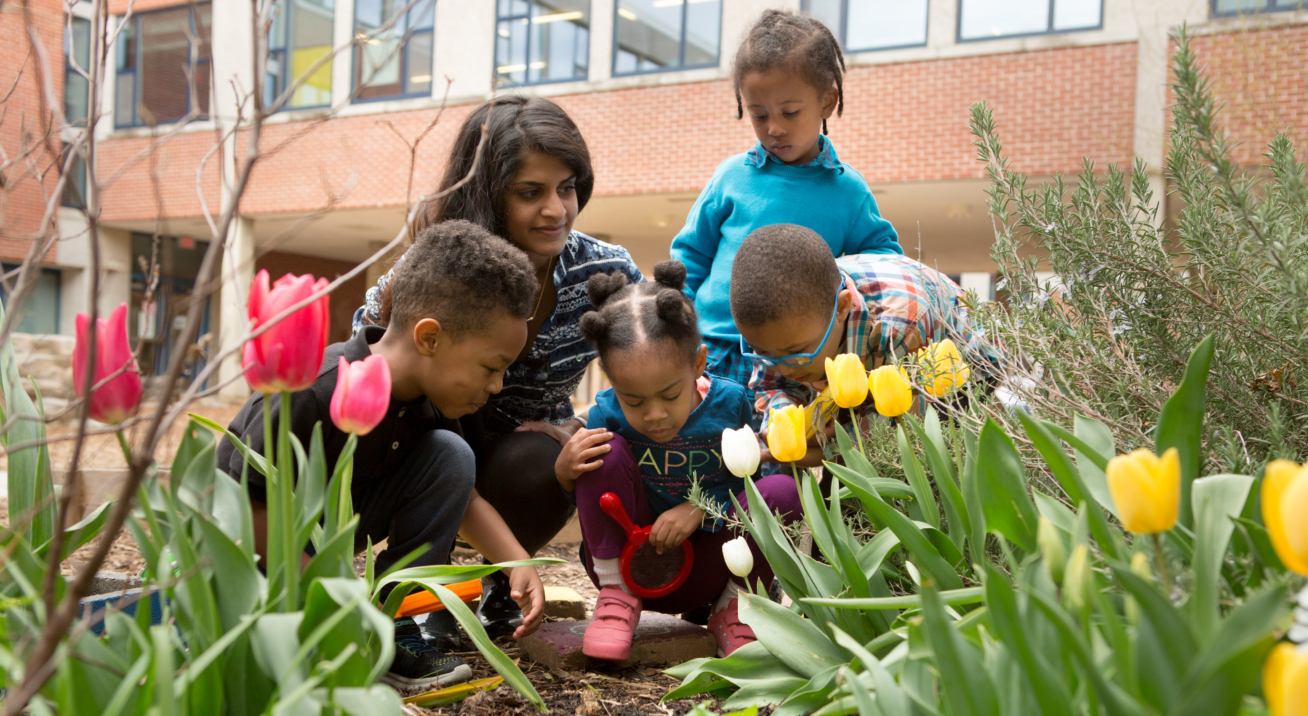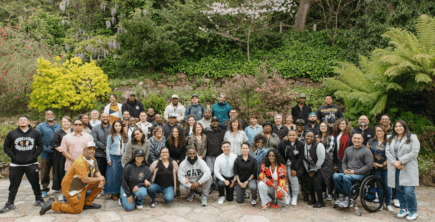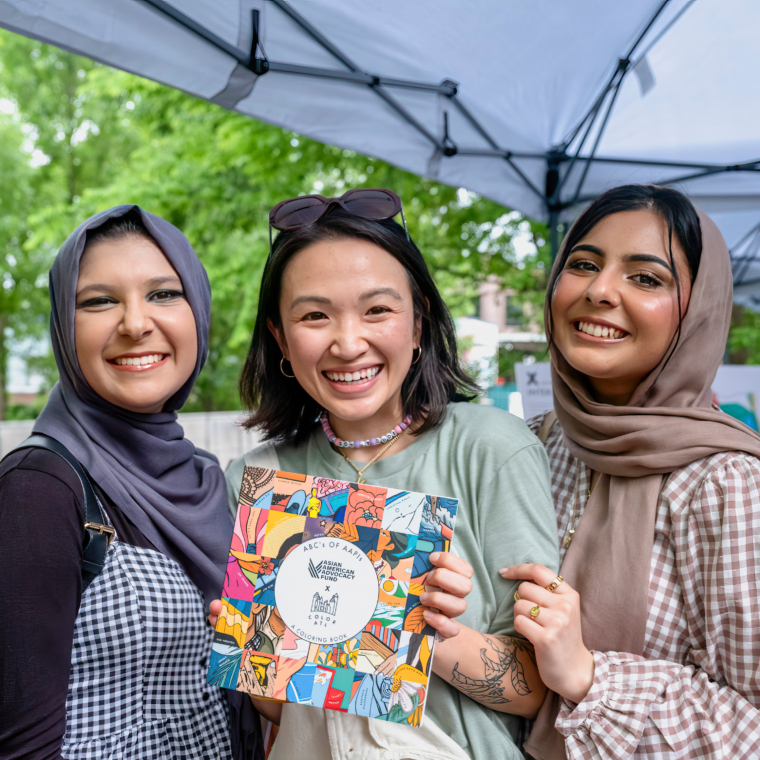
LGBT

The Practitioners’ Voice CA (PVCA) fund at Tides Foundation fosters participatory grantmaking by centering the expertise of Black and Indigenous educators and views practitioner engagement as a key way to advance equity for the early education workforce. Photo by Allison Shelley/The Verbatim Agency for EDUimages.
In this series, we’ve discussed the principles of transformative grantmaking and provided tips on how to create the most impact.
We’ll close today by examining ways you can make a difference in broader, more holistic ways, from making it possible for international organizations to receive increased funds to preventing burnout among grantees.
Read on to discover how we work to shift power to marginalized communities and build productive, authentic partnerships with the communities we serve.
If you’re following our earlier recommendation to provide general (not project specific) funding, the logical next step is to eliminate burdensome reporting requirements. Tides partners are moving in this direction, with 60% of Tides grants from 2022-2024 not requiring a report from fund recipients.
Donors are sometimes concerned that no reporting requirements means no accountability, but would you rather have your investment go into creating reports or making change? In our experience, you can typically get the information you’re looking for without these reports. Nonprofits already create annual reports to explain their impact, and many organizations share progress updates via email newsletters and social media. Review those materials to stay in the loop.
Community leaders often know what’s needed to create a more just world but they often lack funding and connections to funders. That’s where you come in. Even if you can’t fund a specific cause or organization, you might be able to facilitate a valuable connection. Make it a practice to actively share knowledge and connections with peer funders and amplify opportunities for support. When it makes sense, go a step further and introduce potential funders and grantees so that they can build productive relationships. Need some inspiration? Follow Tides on Instagram, LinkedIn, Bluesky, or Facebook to gain access to community leaders creating lasting change.
Throughout your grantmaking, involve community leaders and members whenever possible. Participatory frameworks center affected communities, allowing them to decide what’s needed and how to best use grant funds. This fundamentally shifts decision-making power to the people you want to support.
Practitioners’ Voice CA (PVCA) fund at Tides Foundation offers a strong example of participatory grantmaking. PVCA is a coalition of five diverse foundations working to support quality learning experiences for young children in California. Throughout the grantmaking process, PVCA centers the expertise of Black and Indigenous educators and views practitioner engagement as a key way to advance equity for the early education workforce.
If your vision for change is global in nature, there are two ways that international grantees receive money: 1) via an expenditure responsibility (ER) grant, which is a temporary, per-grant process that allows the organization to receive money, and 2) with an equivalency determination (ED), which allows the grantee to function as a nonprofit and accept charitable donations on an ongoing basis, which is what we recommend.
The ED process has an expensive application fee (typically around $2,500), so we recommend funders cover this cost to help international grantees build capacity. ED status allows grantees to accept more flexible forms of support and expands access to U.S. funding.
Finally, recognize that true partnership involves understanding and meeting grantees’ full range of needs, which typically include much more than general program support.
Consider capacity building and organizational health, for example. Could you pay for staff professional development or training opportunities? What does the organization need to truly thrive? You might fund a sabbatical so that a director can take time off, sponsor health and wellness support, or even fund security grants for grantees facing physical safety risks.
Social justice work is taxing, and retaining effective leaders is a top priority. By investing in the entire organization — including its people and their wellness needs — you make sustained impact possible.
These advanced practices enable you to build a sustainable, impactful grantmaking program. By respecting grantees’ time, sharing insights with your peers, encouraging participatory frameworks, and considering diverse ways to support domestic and international grantees, you build strong relationships and effect real change.
Ready to put these practices into action? Reach out to your Tides advisor or contact us below to learn how to get started.
…………
Blog Tides Foundation’s Principles of Grantmaking
Blog 5 Grantmaking Best Practices To Create Maximum Impact
Blog Reimagining RFPs: 5 Tips To Center Grantees in the RFP Process
PDF Tides Grantmaking Best Practices
PDF Tides Request for Proposal (RFP) Best Practices

LGBT

Corporate Partners

Philanthropy

Read the stories and hear the voices of social change leaders fighting for justice.